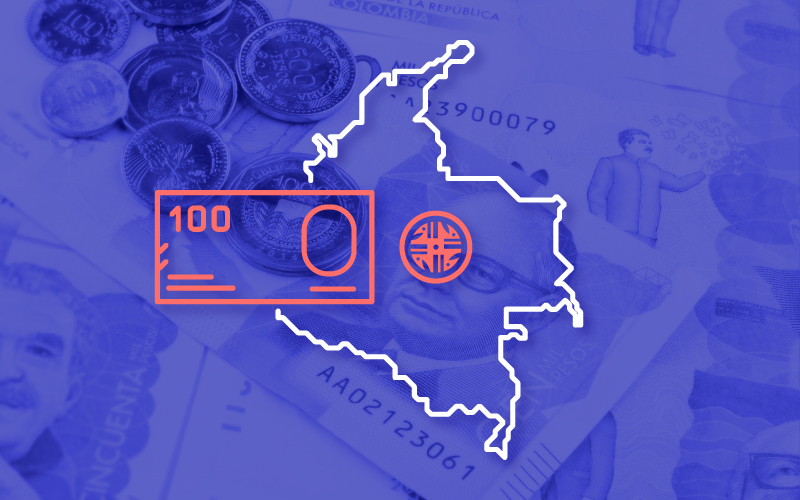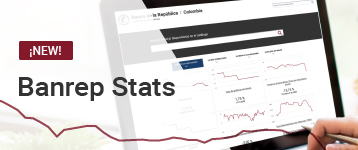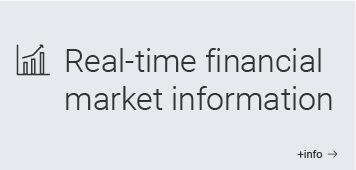Inflation Report - June 2014
La Constitución Política de Colombia y el artículo 14 de la Ley 31 de 1992 asignan al Banco de la República la función de administrar las reservas internacionales. Las opiniones y posibles errores son responsabilidad exclusiva del autor y sus contenidos no comprometen al Banco de la República ni a su Junta Directiva.
The Inflation Targeting Scheme in Colombia
OBJECTIVES
Monetary policy in Colombia is based on inflation targeting, which is intended primarily to keep inflation low and to ensure stable growth in output near its long-term trend. Accordingly, the objectives of monetary policy combine the goal of price stability with maximum sustainable growth in output and employment. In this respect, monetary policy complies with the Constitution and contributes to the well-being of the Colombian population.
HORIZON AND IMPLEMENTATION
The Board of Directors of Banco de la República (BDBR of the Central Bank of Colombia) sets quantitative inflation targets for the current year and the next. BDBR policy initiatives are designed to meet each year’s target and to provide for long-term inflation at around 3%. The annual change in the consumer price index (CPI) is the inflation measurement used.
THE DECISION-MAKING PROCESS
Monetary-policy decisions are based on an analysis of the current state of the economy and its prospects for the future, as well as on the assessment of the forecast for inflation in light of the targets. If the assessment suggests with enough certainty that inflation will deviate from its target under current monetary-policy conditions and that said deviation would not be due to temporary shocks, the BDBR modifies its policy stance. For the most part, this is done by changing the benchmark interest rate (charged by Banco de la República on short-term liquidity operations).
COMMUNICATION AND TRANSPARENCY
Decisions on monetary policy are announced after meetings of the Board of Directors. This is done through a press release posted immediately on the Bank’s website (www.banrep.gov.co).
Inflation reports are published quarterly and lend transparency to the Board’s decisions. They also contribute to a better understanding of monetary policy and help to enhance its credibility. Specifically, these reports: i) allow the public know how the Board of Directors and the Technical Governor of the Bank view recent and anticipated changes in inflation and its short and mid-term determinants; ii) explain the implications of those determinants for monetary-policy management within the scope of inflation targeting; iii) describe the context and analysis justifying monetary-policy decisions made during the quarter; and iv) provide information that helps agents in the economy to form their own expectations about future developments with respect to inflation and growth in output.














.png)

































